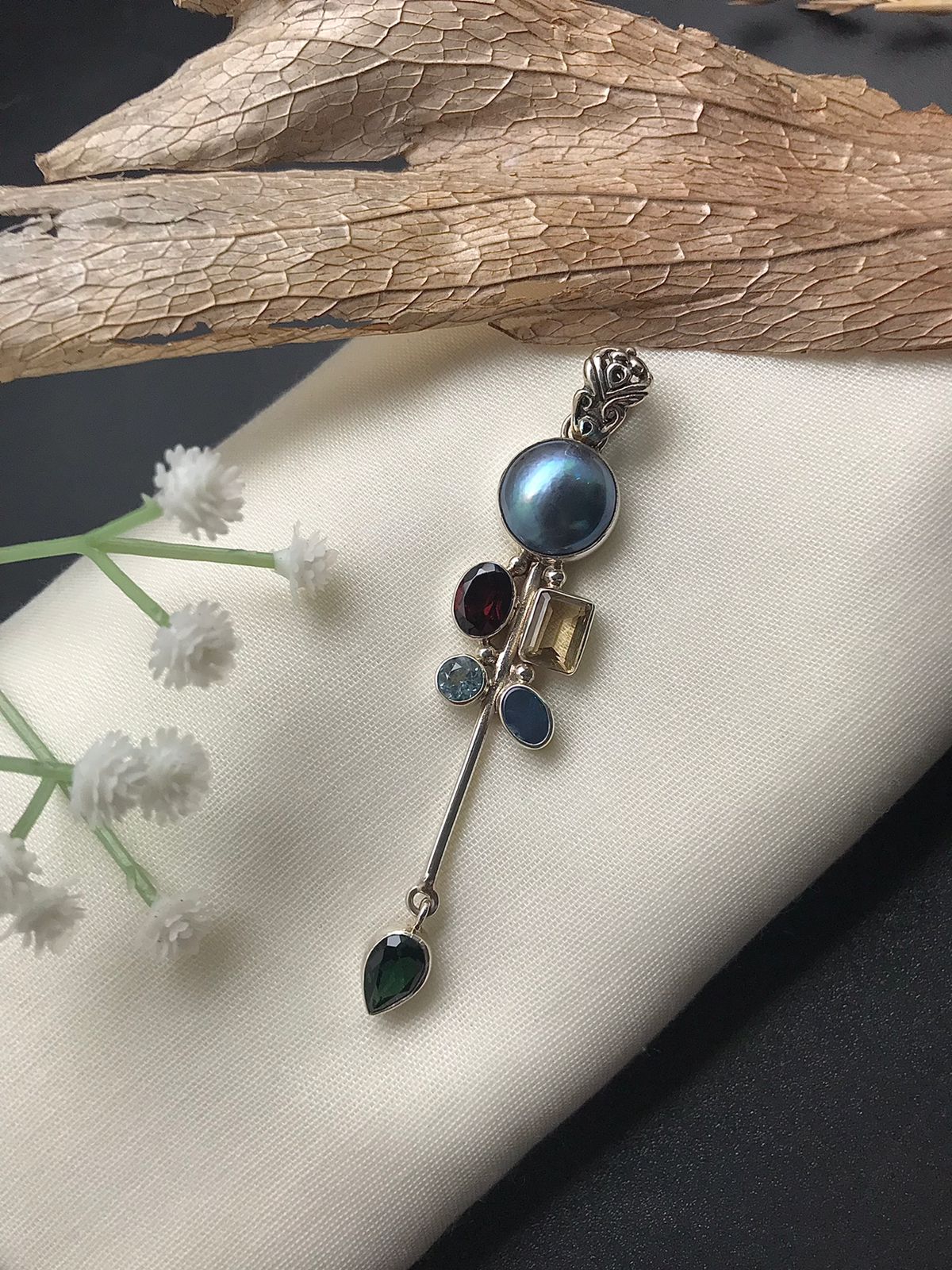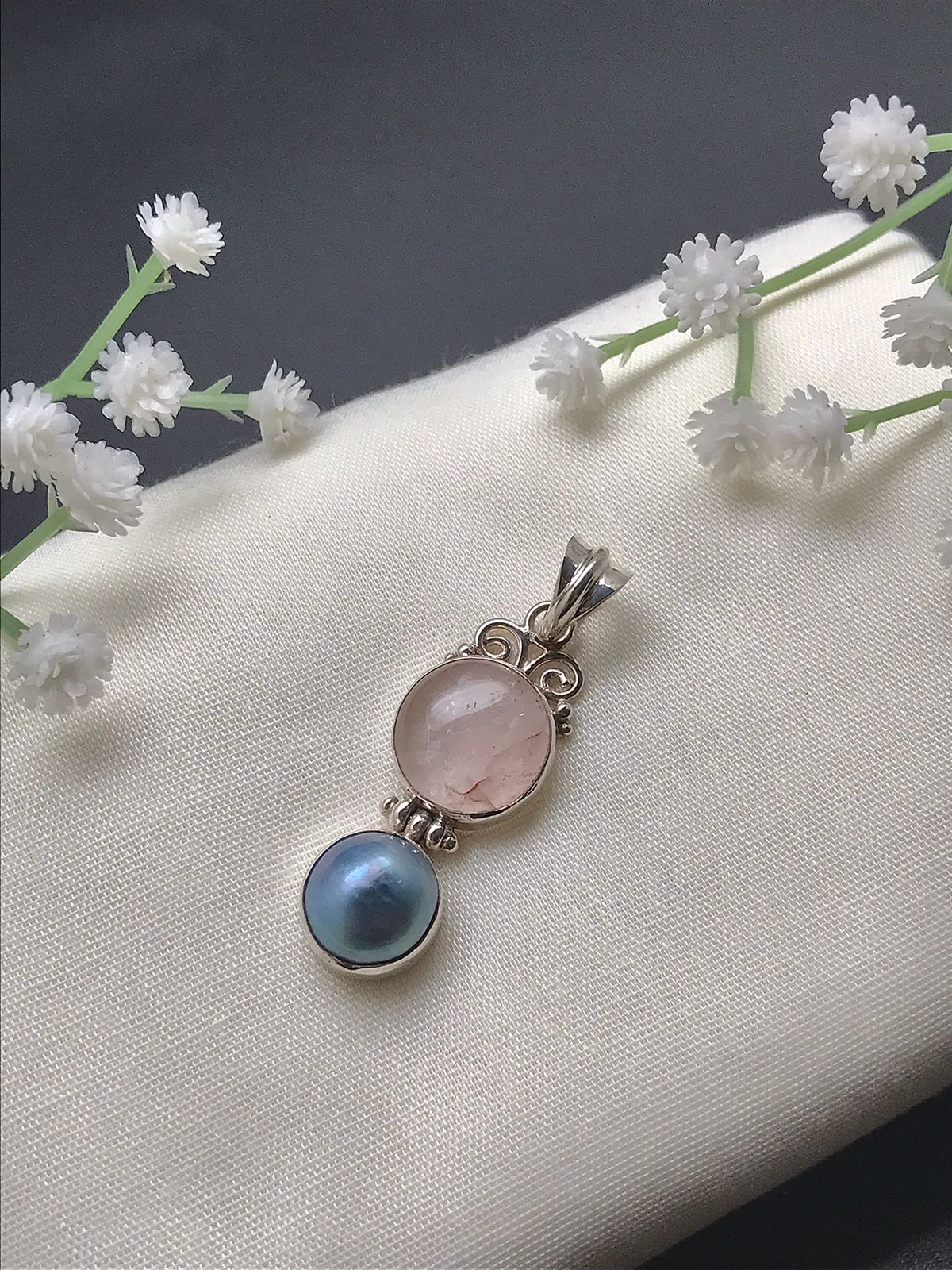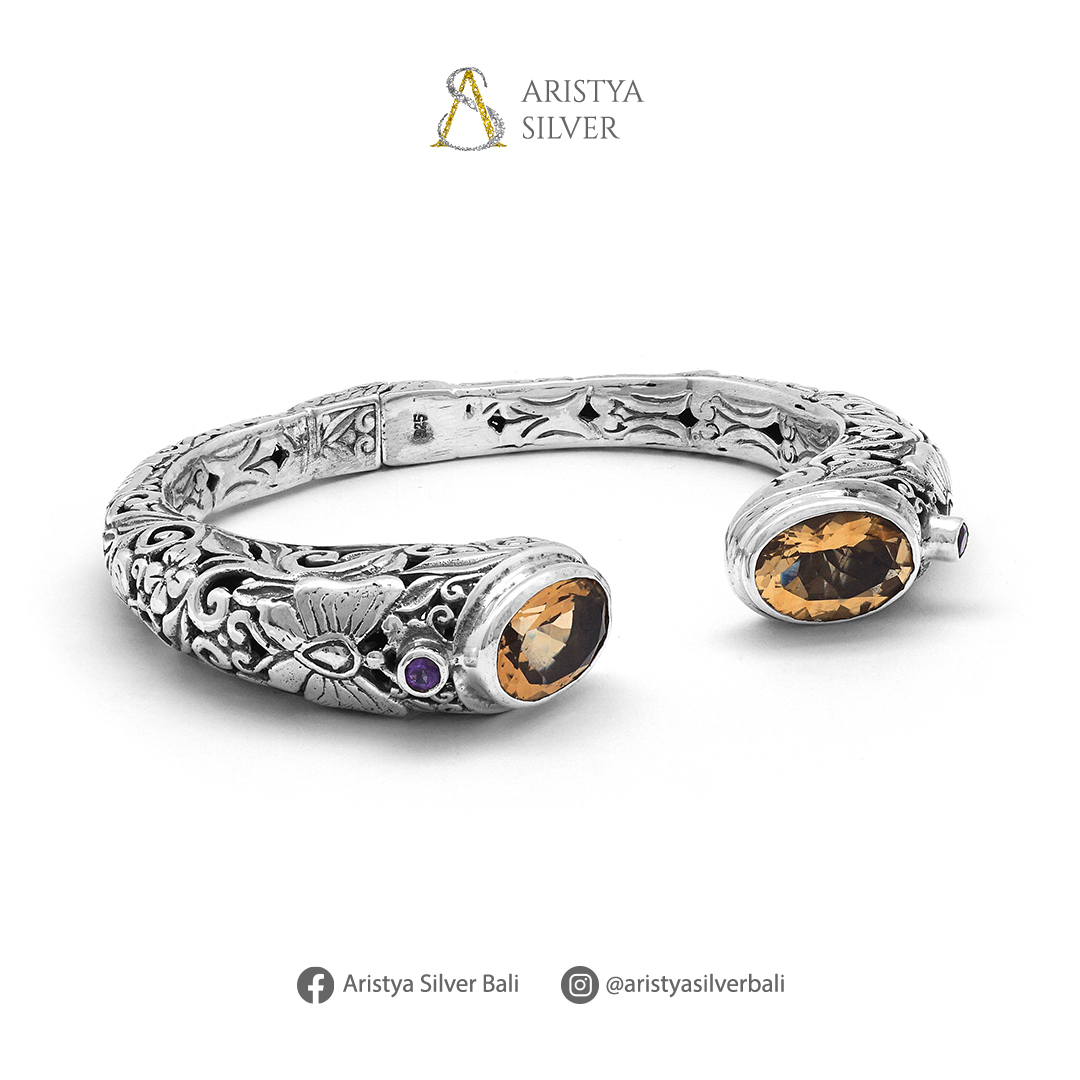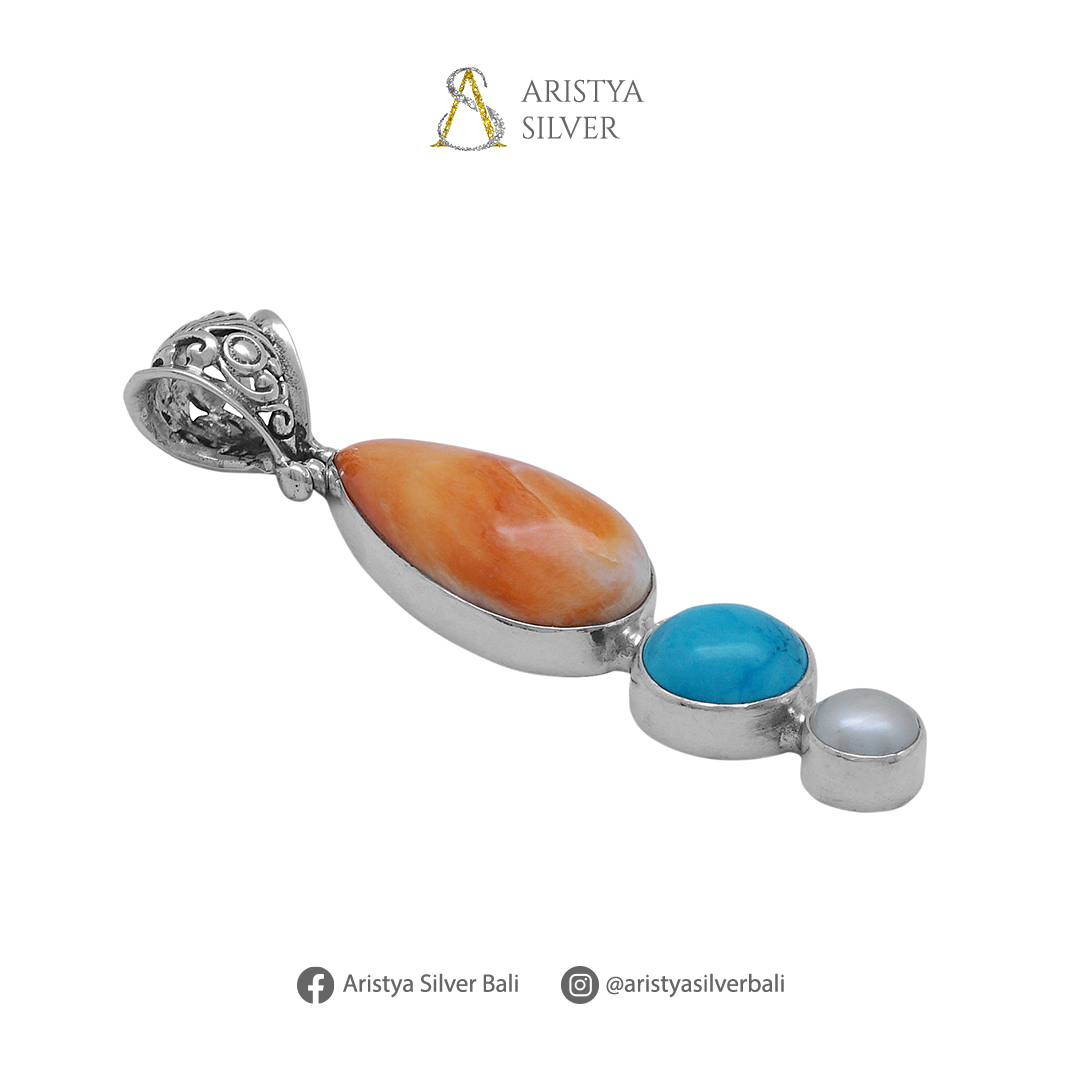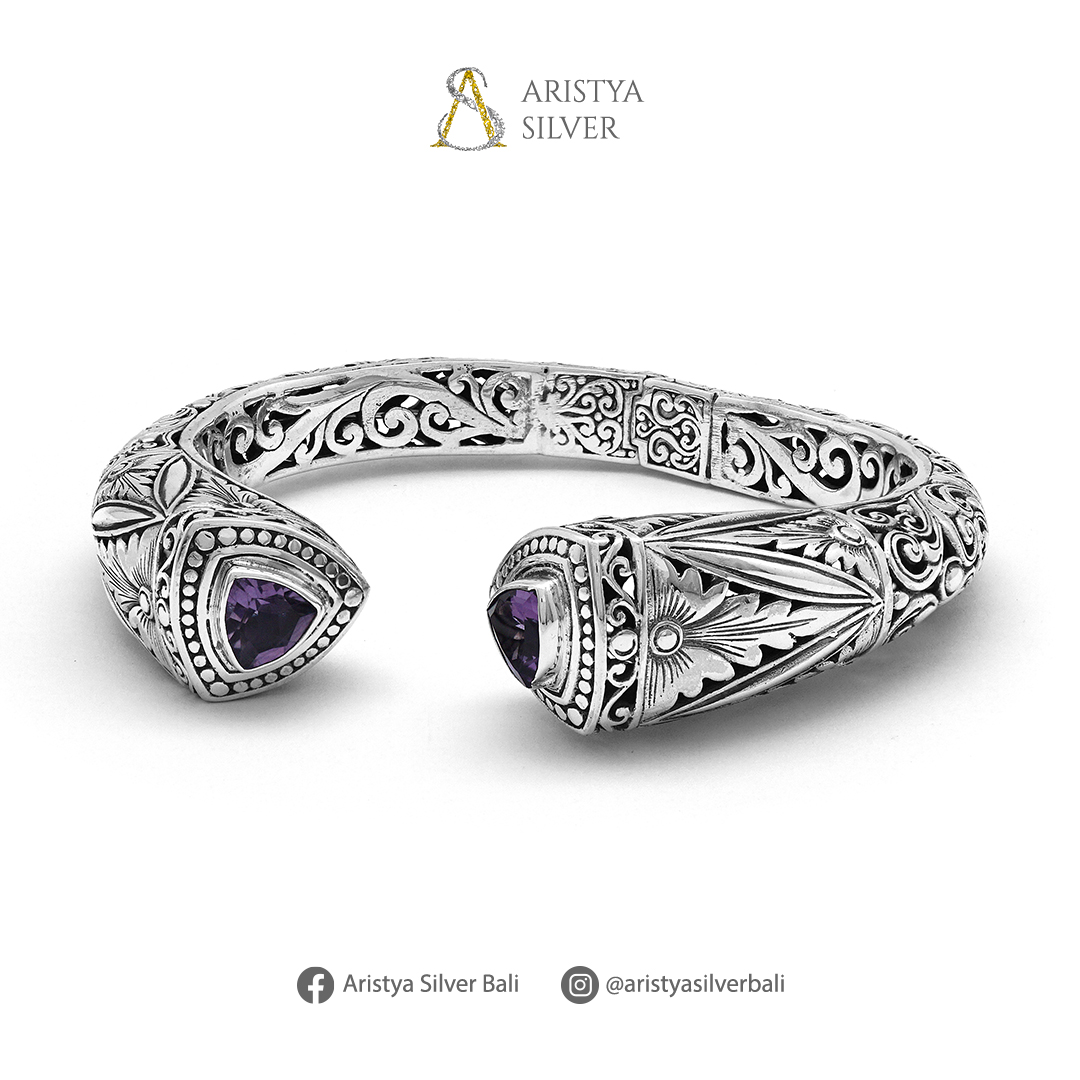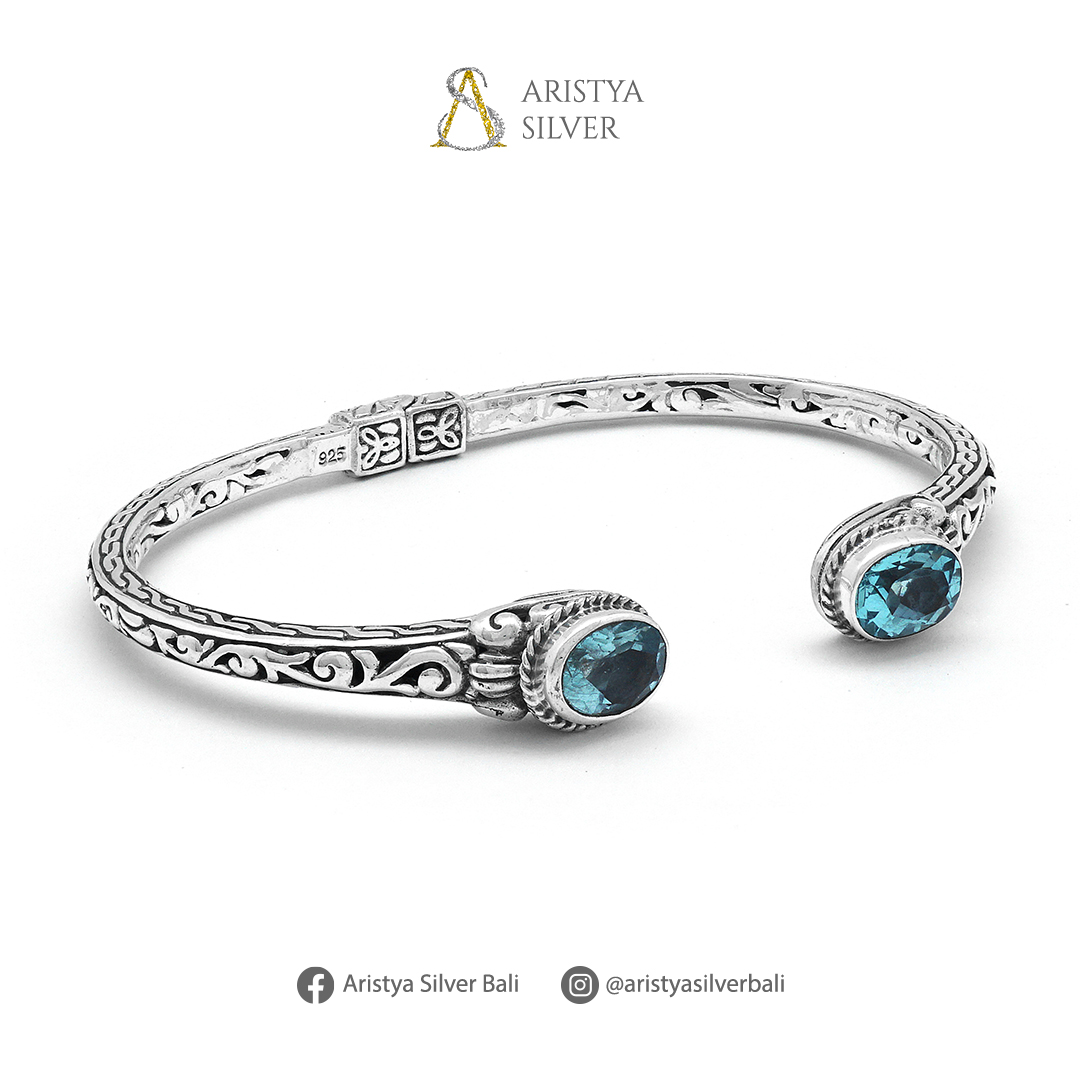Important Bead Facts & Tips
Beads are the oldest and most universal art form. Beads have been used throughout the ages and in virtually every culture, not just as adornment but as an expression of social circumstances, political actions, or religious beliefs. Beads have also been widely used as a form of currency; as a symbolic representation of curative power; and as protection in the form of a talisman. Ancient ancestors used readily available raw materials such as bone, horn, teeth, ivory, stones, nuts, seeds, shell, wood and a variety of plant and insect resins as beads.
By using these natural materials, man created all styles of artistic ornamentation for himself. The variety was vast and ranged from headdresses, hats, caps, hair combs, earrings, and necklaces to bow quivers, waist belts, breast ornaments, skirts, cloaks, and shoes.
A very popular type of bead is...
Powder Glass Beads (a.k.a. sand-cast beads)
There are two methods used for making powder-glass beads. The technique in Ghana originated in the 16th century, and begins by grinding up glass from bottles, jars, or other beads. The crushed glass is poured into molds and placed in an oven. Craftsmen then use a metal pin to shape and perforate the liquid glass before it is set.
The second system also starts with finely ground glass, but no molds are used. The fragments are held together with a binder such as saliva or gum arabic and spread over a grass stem or bottle-glass core. After fusing in an oven, the beads may be rolled in other fragments to created colorful patterns.
The Casting Process
Step One: The Model
Everything that will ever be cast starts with a Model.
The model can be made out of many different materials. The model can be an item that has already been produced in metal, a wax carving, a plastic carving, or just about anything that will not react to the mold rubber negatively.
If you have an idea for an item that you would like cast but cannot carve wax or shape metal, we can help. We have model makers that can take your idea and turn it into a work of art. Model making is often done on computer and then the model is produced with a Rapid Prototype Machine. This method is not the cheapest but generally produces the best results if carving or fabricating your own model is not an option.
Step Two: The Mold
Molds are used to produce wax replicas of your model. There are two kinds of molds that we produce.
The first type of mold is the Rubber Vulcanized mold and is used, generally for metal models that can with stand heat to approximately 350 degrees.
The second type of mold is the Room Temperature Vulcanized mold and is usually used for wax or plastic models. Both types of molds reproduce your models accurately.
Step Three: The Waxes
By injecting molten wax into the mold, waxes replicas of your item will be produced.
Waxes can be injected into molds about once every two to three minutes. This allows for mold cooling and wax hardening.
Once we have the wax replica of your item we then put them on wax trees. The wax trees will often contain as many as one hundred or more items or as few as one
Step Four: Flasks and Investment
Once the wax trees are finished, they are placed in a metal flask. The flask will then be filled with a plaster investment that covers the wax tree. The plaster Investment dries and is then ready for the casting burn out ovens.
Step Five: Burning out the Wax
After the Investment has completely dried, the flasks are place into the burn out ovens and a 12 to 16 hour burn out cycle begins. This is where the Lost Wax Casting name comes from. The wax is slowly burned out to leave a plaster Investment mold that will be used to pour the casting metal into.
Step Six: The Casting
The casting is done by placing the flasks in a centrifuge or a vacuum casting machines and then heating the metal and pouring the metal into the flasks. So that we can handle large capacity orders, we use large induction heaters to melt the metal for pouring.
Step Seven: Cutting the Cast Tree
The result of the casting is a metal tree of your items. When the metal trees come out of casting they must be cleaned and prepared for cutting from the tree. Each cast item must be cut from the tree.
Step Eight: Desprueing
Desprueing is the process of grinding the sprue off of the item so that evidence of the casting process is removed.
We have a number of ways to despure items from rotary tools to grinding wheels.
Because much of the metal from desprueing is unrecoverable and must be refined, desprueing is about 60% of the total cost of finishing or more if it is gold.
Step Nine: Finishing
There are numerous ways in which your products can be finished such as; Hand polishing, tumble polishing, satin wheel finishing, sand blasting and the list goes on... Ace Castings provides Tumble finishing and Antiqueing services

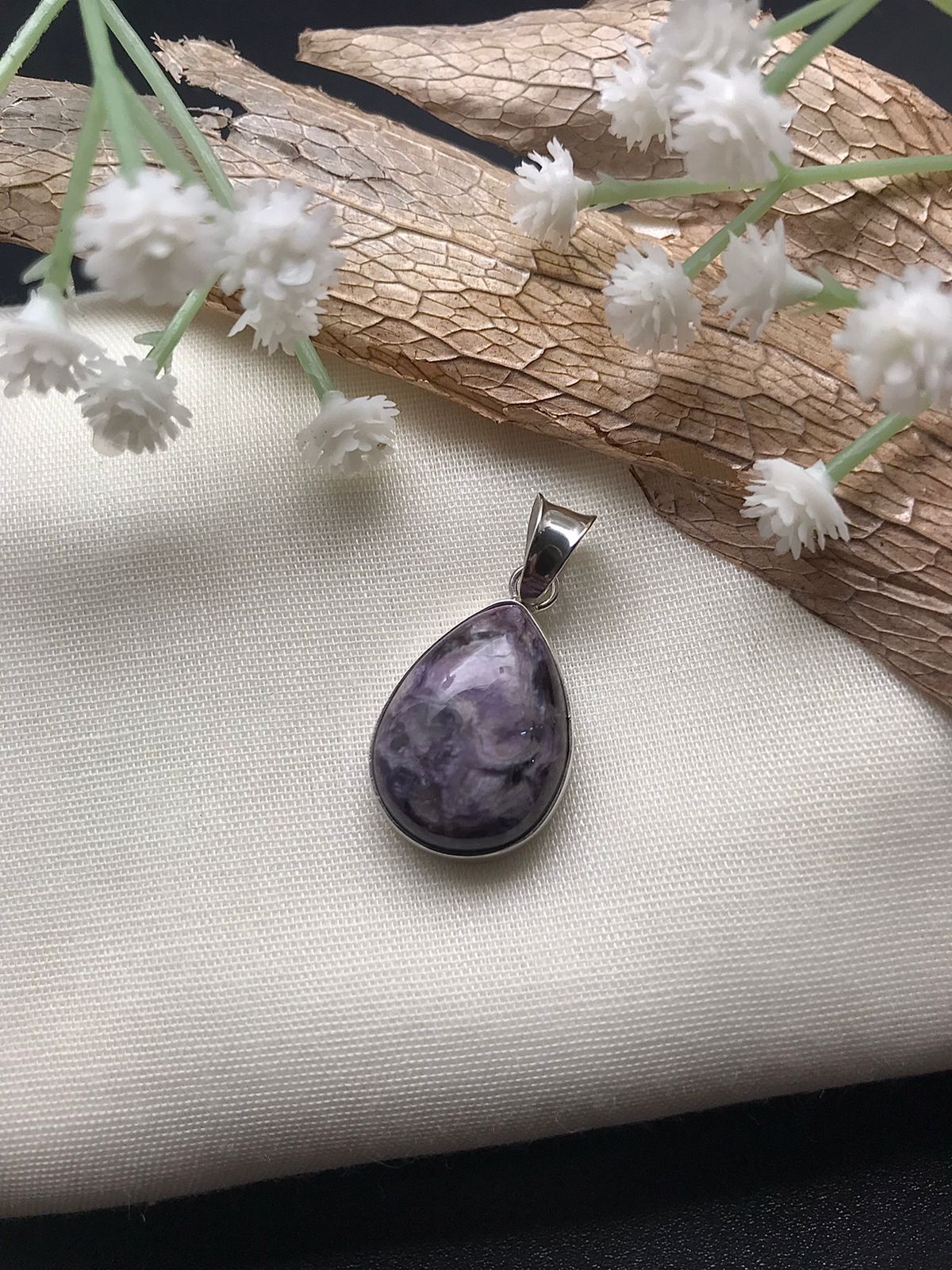


.jpeg)
